CBBGAN: a color-blur balanced generation adversarial network for underwater image enhancement
DOI: 10.23977/jipta.2025.080104 | Downloads: 13 | Views: 808
Author(s)
Haiyang Yao 1, Ruige Guo 1, Yueyue Huang 1, Yuzhang Zang 2, Xiaobo Zhao 3, Tao Lei 1, Haiyan Wang 1,4
Affiliation(s)
1 School of Electronic Information and Artificial Intelligence, Shaanxi University of Science and Technology, Xi'an, 710016, China
2 Engineering and Design Department, Western Washington University, Bellingham, WA, USA
3 Department of Electrical and Computer Engineering, Aarhus University, 8200 Aarhus, Denmark
4 School of Marine Science and Technology, Northwestern Polytechnical University, Xi'an, 710072, China
Corresponding Author
Haiyang YaoABSTRACT
Underwater optical image processing has garnered significant attention in various underwater applications. However, the presence of particles and the attenuation characteristics of optics in underwater environments lead to color distortion, low contrast, and blurring in optical images. Image enhancement techniques play a crucial role in improving the effectiveness of underwater image processing. In this study, we propose a color-blur balanced generation adversarial network (CBBGAN) for enhancing underwater optical images. CBBGAN aims to address color distortion and blurring issues. To address color distortion, we introduce the fusion-based Color Compensation module to mitigate color variations in the images. Then, the Multi-stage Residual based Generator is proposed to enhance the generative capacity of the Generative Adversarial Network (GAN), enabling the extraction of multi-dimensional features from the images. Furthermore, we propose a Structural Similarity based Joint Loss Function during the training phase, which is used to guide network training. We conducted qualitative analysis on different algorithms on three public datasets, which intuitively demonstrates that the proposed method effectively removes color deviation and blurring issues in images. In the quantitative experiment of EUVP, compared with the most advanced algorithms in PSNR and SSIM, CBBGAN has improved by 2 and 0.03, respectively. In addition, various indicators on the UFO and UIEB datasets also demonstrate the excellent performance of the CBBGAN algorithm.
KEYWORDS
Underwater Image Enhancement, Multi-stage Residual, Feature Fusion, Generation Adversarial Network (GAN), Optical ImagesCITE THIS PAPER
Haiyang Yao, Ruige Guo, Yueyue Huang, Yuzhang Zang, Xiaobo Zhao, Tao Lei, Haiyan Wang, CBBGAN: a color-blur balanced generation adversarial network for underwater image enhancement. Journal of Image Processing Theory and Applications (2025) Vol. 8: 27-38. DOI: http://dx.doi.org/10.23977/jipta.2025.080104.
REFERENCES
[1] R. Liu, X. Fan, M. Zhu, et al., "Real-World Underwater Enhancement: Challenges, Benchmarks, and Solutions Under Natural Light," IEEE Trans Circuits Syst Video Technol, vol. 30, no. 12, pp. 4861-4875, Dec. 2020.
[2] O. K. Soni and J. S. Kumare, "A Survey on Underwater Images Enhancement Techniques," 2020 IEEE 9th International Conference on Communication Systems and Network Technologies (CSNT), Gwalior, India, 2020, pp. 333-338.
[3] Q. Jiang, Y. Gu, C. Li, et al., "Underwater Image Enhancement Quality Evaluation: Benchmark Dataset and Objective Metric," IEEE Trans Circuits Syst Video Technol, vol. 32, no. 9, pp. 5959-5974, Sept. 2022.
[4] Q. Qi et al., "Underwater Image Co-Enhancement with Correlation Feature Matching and Joint Learning," IEEE Trans Circuits Syst Video Technol, vol. 32, no. 3, pp. 1133-1147, March 2022.
[5] Z. Wang, L. Shen, Z. Wang, et al., "Generation-Based Joint Luminance-Chrominance Learning for Underwater Image Quality Assessment," IEEE Trans Circuits Syst Video Technol, vol. 33, no. 3, pp. 1123-1139, March 2023.
[6] C. Ancuti, C. O. Ancuti, T. Haber and P. Bekaert, "Enhancing underwater images and videos by fusion," in CVPR, Providence, RI, USA, 2012, pp. 81-88.
[7] X. Fu, Z. Fan, M. Ling, Y. Huang and X. Ding, "Two-step approach for single underwater image enhancement," ISPACS, Xiamen, China, 2017, pp. 789-794
[8] Iqbal K , Salam R A , Osman A , et al. Underwater image enhancement using an integrated colour model[J]. IAENG Int J Comput Sci, 2007, 34(2): 239--244.
[9] Chen Zhao, Weiling Cai, Chenyu Dong, Ziqi Zeng, "Toward Sufficient Spatial-Frequency Interaction for Gradient-aware Underwater Image Enhancement", ICASSP 2024.
[10] K. Iqbal, M. Odetayo, A. James, Rosalina Abdul Salam and Abdullah Zawawi Hj Talib, "Enhancing the low-quality images using Unsupervised Colour Correction Method," IEEE SMC, Istanbul, Turkey, 2010, pp. 1703-1709.
[11] H. Qiang, Y. Zhong, Y. Zhu, X. Zhong, Q. Xiao and S. Dian, "Underwater Image Enhancement Based on Multichannel Adaptive Compensation," in IEEE Transactions on Instrumentation and Measurement, vol. 73, pp. 1-10, 2024, Art no. 5014810.
[12] X. Fu, P. Zhuang, Y. Huang, Y. Liao, X. -P. Zhang and X. Ding, "A retinex-based enhancing approach for single underwater image," ICIP, Paris, France, 2014, pp. 4572-4576.
[13] C. -Y. Li, J. -C. Guo, R. -M. Cong, Y. -W. Pang and B. Wang, "Underwater Image Enhancement by Dehazing With Minimum Information Loss and Histogram Distribution Prior," IEEE T Image Process, vol. 25, no. 12, pp. 5664-5677, Dec. 2016.
[14] N. Carlevaris-Bianco, A. Mohan and R. M. Eustice, "Initial results in underwater single image dehazing," MTS/IEEE OCEANS, Seattle, WA, USA, 2010, pp. 1-8.
[15] K. He, J. Sun and X. Tang, "Single Image Haze Removal Using Dark Channel Prior," IEEE Trans. Pattern Anal. Mach. Intell., vol. 33, no. 12, pp. 2341-2353, Dec. 2011.
[16] J. Y. Chiang and Y. -C. Chen, "Underwater Image Enhancement by Wavelength Compensation and Dehazing," IEEE T Image Process, vol. 21, no. 4, pp. 1756-1769, April 2012.
[17] Y. -T. Peng and P. C. Cosman, "Underwater Image Restoration Based on Image Blurriness and Light Absorption," IEEE T Image Process, vol. 26, no. 4, pp. 1579-1594, April 2017.
[18] Galdran A, Pardo D, Picón A, et al. Automatic red-channel underwater image restoration[J]. J Vis Commun Image Represent, vol: 26, pp: 132-145, Jan. 2015.
[19] P. L. J. Drews, E. R. Nascimento, S. S. C. Botelho and M. F. Montenegro Campos, "Underwater Depth Estimation and Image Restoration Based on Single Images," IEEE Comput. Graph Appl., vol. 36, no. 2, pp. 24-35, Apr. 2016.
[20] Y. Guo, H. Li and P. Zhuang, "Underwater Image Enhancement Using a Multiscale Dense Generative Adversarial Network," IEEE J. Ocean. Eng, vol. 45, no. 3, pp. 862-870, July 2020.
[21] C. Li et al., "An Underwater Image Enhancement Benchmark Dataset and Beyond," IEEE T Image Process, vol. 29, pp. 4376-4389, 2020.
[22] C. Fabbri, M. J. Islam and J. Sattar, "Enhancing Underwater Imagery Using Generative Adversarial Networks," ICRA, Brisbane, QLD, Australia, 2018, pp. 7159-7165.
[23] C. Li, J. Guo and C. Guo, "Emerging From Water: Underwater Image Color Correction Based on Weakly Supervised Color Transfer," IEEE Signal Process Lett., vol. 25, no. 3, pp. 323-327, March 2018.
[24] M. J. Islam, Y. Xia and J. Sattar, "Fast Underwater Image Enhancement for Improved Visual Perception," IEEE Robot. Autom. Lett, vol. 5, no. 2, pp. 3227-3234, April 2020.
[25] Y. Wang, J. Zhang, Y. Cao and Z. Wang, "A deep CNN method for underwater image enhancement," ICIP, Beijing, China, 2017, pp. 1382-1386.
[26] N, Ankita, A Swarnakar, and K Mittal. "Shallow-uwnet: Compressed model for underwater image enhancement (student abstract)." AAAI. Vol. 35. No. 18. pp: 15853-15854, Jan. 2021.
[27] N. Qiao, J. Sun, Q. Ge and C. Sun, "UIE-FSMC: Underwater Image Enhancement Based on Few-Shot Learning and Multi-Color Space," in IEEE Transactions on Circuits and Systems for Video Technology, vol. 33, no. 10, pp. 5391-5405, Oct. 2023.
[28] Y. Rao, W. Liu, K. Li, H. Fan, S. Wang and J. Dong, "Deep Color Compensation for Generalized Underwater Image Enhancement," IEEE Transactions on Circuits and Systems for Video Technology, vol. 34, no. 4, pp. 2577-2590, April 2024.
[29] Goodfellow, Ian, et al. "Generative adversarial networks." Commun. ACM, vol: 63.no: 11 pp: 139-144, Nov. 2020.
[30] J. Li, K. A. Skinner, R. M. Eustice and M. Johnson-Roberson, "WaterGAN: Unsupervised Generative Network to Enable Real-Time Color Correction of Monocular Underwater Images," IEEE Robot. Autom. Lett, vol. 3, no. 1, pp. 387-394, Jan. 2018.
[31] Islam M J, Xia Y, Sattar J. Fast underwater image enhancement for improved visual perception[J]. IEEE Robotics and Automation Letters, 2020, 5(2): 3227-3234.
[32] P. Hambarde, S. Murala and A. Dhall, "UW-GAN: Single-Image Depth Estimation and Image Enhancement for Underwater Images," in IEEE Transactions on Instrumentation and Measurement, vol. 70, pp. 1-12, 2021, Art no. 5018412.
[33] L. Peng, C. Zhu and L. Bian, "U-Shape Transformer for Underwater Image Enhancement," in IEEE Transactions on Image Processing, vol. 32, pp. 3066-3079, 2023.
[34] Z. Huang, J. Li, Z. Hua and L. Fan, "Underwater Image Enhancement via Adaptive Group Attention-Based Multiscale Cascade Transformer," in IEEE Transactions on Instrumentation and Measurement, vol. 71, pp. 1-18, 2022, Art no. 5015618.
[35] M. Yang, Z. Xie, J. Dong, H. Liu, H. Wang and M. Shen, "Distortion-Independent Pairwise Underwater Image Perceptual Quality Comparison," in IEEE Transactions on Instrumentation and Measurement, vol. 72, pp. 1-15, 2023, Art no. 5024415.
[36] C. O. Ancuti, C. Ancuti, C. De Vleeschouwer and P. Bekaert, "Color Balance and Fusion for Underwater Image Enhancement," IEEE T Image Process, vol. 27, no. 1, pp. 379-393, Jan. 2018.
[37] A Odena, V Dumoulin, and C Olah. Deconvolution and checkerboard artifacts[J]. Distill, vol: 1, no: 10, e3.2016.doi: 10.23915/distill.00003.
[38] J. -Y. Zhu, T. Park, P. Isola and A. A. Efros, "Unpaired Image-to-Image Translation Using Cycle-Consistent Adversarial Networks," ICCV, Venice, Italy, 2017, pp. 2242-2251.
[39] M J Islam, , P Luo , J Sattar. Simultaneous Enhancement and Super-Resolution of Underwater Imagery for Improved Visual Perception, RSS 2020, Corvalis, Oregon, USA, Jul. 2020.
[40] M. Yang, J. Hu, and C. Li, et al. "An In-Depth Survey of Underwater Image Enhancement and Restoration," IEEE Access, vol. 7, pp. 123638-123657, Aug. 2019.
[41] Wang Z, Bovik A C, Sheikh H R, et al. Image quality assessment: from error visibility to structural similarity[J]. IEEE transactions on image processing, 2004, 13(4): 600-612.
[42] Yang M, Sowmya A. An underwater color image quality evaluation metric[J]. IEEE Transactions on Image Processing, 2015, 24(12): 6062-6071.
[43] Panetta K, Gao C, Agaian S. Human-visual-system-inspired underwater image quality measures[J]. IEEE Journal of Oceanic Engineering, 2015, 41(3): 541-551.
[44] H. Farid, "Blind inverse gamma correction," IEEE T Image Process, vol. 10, no. 10, pp. 1428-1433, Oct. 2001, doi: 10.1109/83.951529.
[45] Hummel R. Image enhancement by histogram transformation[J]. CVGIP, vol: 6, no.2, pp: 184-195, Apr. 1977.
[46] P. Drews Jr, E. do Nascimento, and F. Moraes et al. "Transmission Estimation in Underwater Single Images," ICCV, Sydney, NSW, Australia, 2013, pp. 825-830.
[47] Guo C, Wu R, Jin X, et al. Underwater ranker: Learn which is better and how to be better[C]//Proceedings of the AAAI conference on artificial intelligence. 2023, 37(1): 702-709.
| Downloads: | 2643 |
|---|---|
| Visits: | 194411 |
Sponsors, Associates, and Links
-
Power Systems Computation
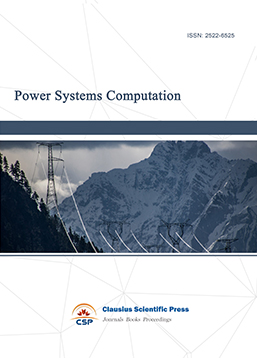
-
Internet of Things (IoT) and Engineering Applications
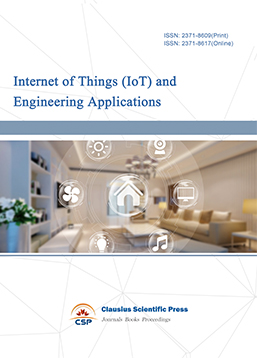
-
Computing, Performance and Communication Systems
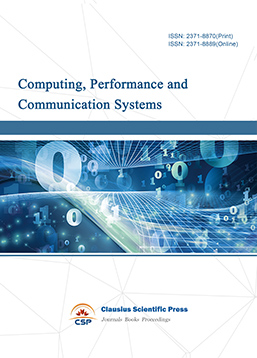
-
Journal of Artificial Intelligence Practice

-
Advances in Computer, Signals and Systems
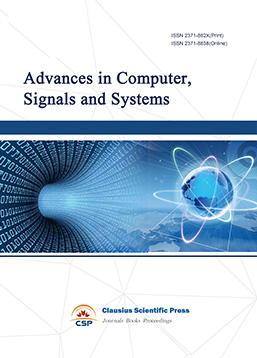
-
Journal of Network Computing and Applications
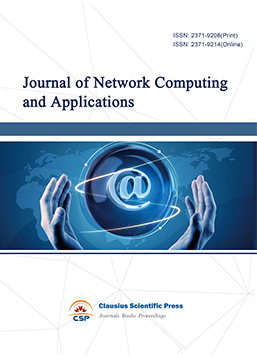
-
Journal of Web Systems and Applications
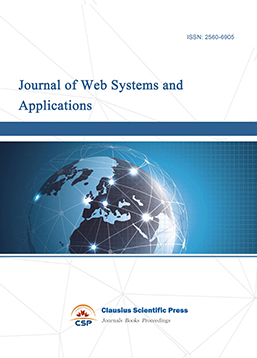
-
Journal of Electrotechnology, Electrical Engineering and Management
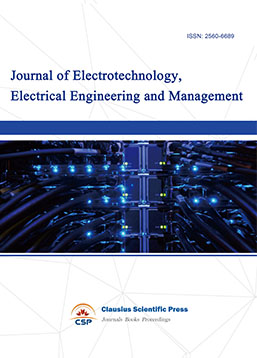
-
Journal of Wireless Sensors and Sensor Networks
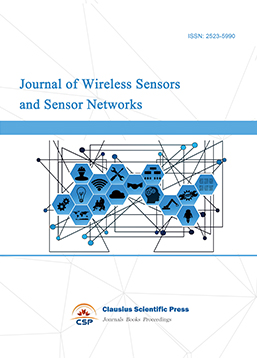
-
Mobile Computing and Networking
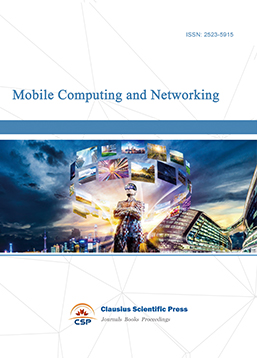
-
Vehicle Power and Propulsion
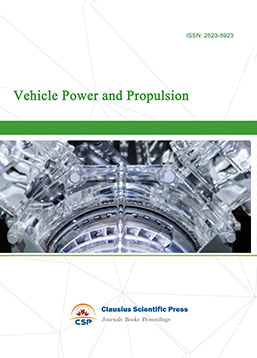
-
Frontiers in Computer Vision and Pattern Recognition
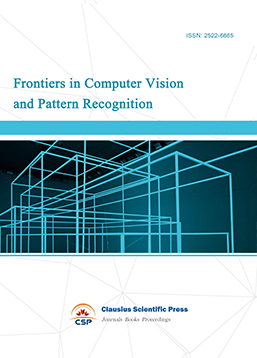
-
Knowledge Discovery and Data Mining Letters
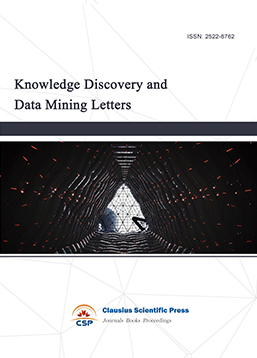
-
Big Data Analysis and Cloud Computing
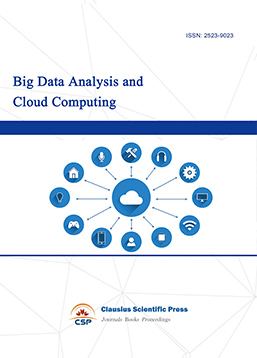
-
Electrical Insulation and Dielectrics
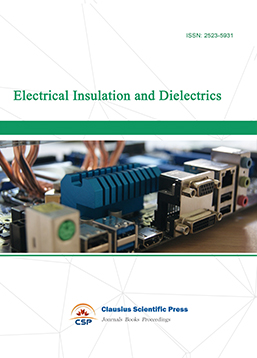
-
Crypto and Information Security
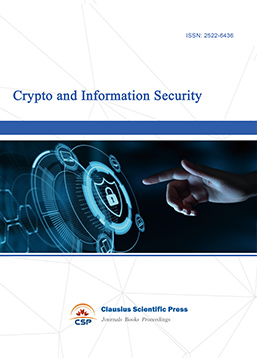
-
Journal of Neural Information Processing
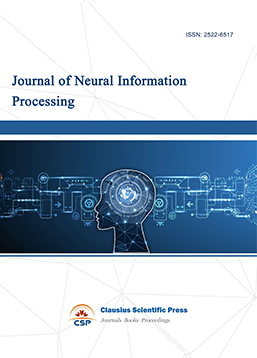
-
Collaborative and Social Computing
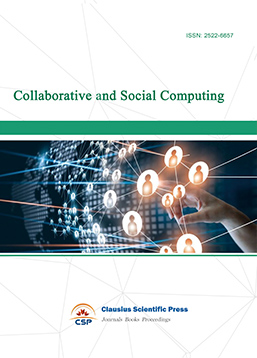
-
International Journal of Network and Communication Technology
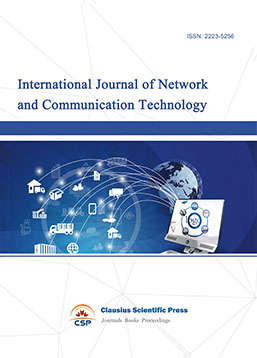
-
File and Storage Technologies
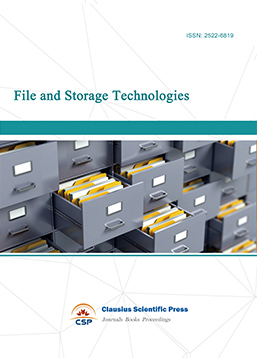
-
Frontiers in Genetic and Evolutionary Computation
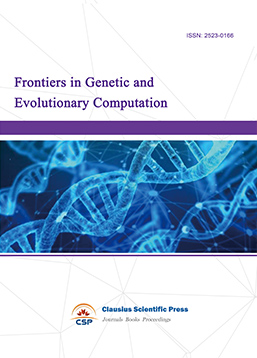
-
Optical Network Design and Modeling
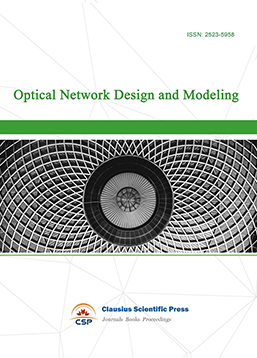
-
Journal of Virtual Reality and Artificial Intelligence
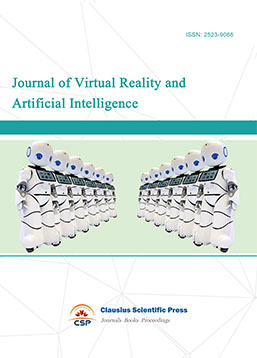
-
Natural Language Processing and Speech Recognition
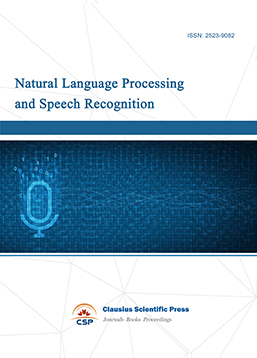
-
Journal of High-Voltage
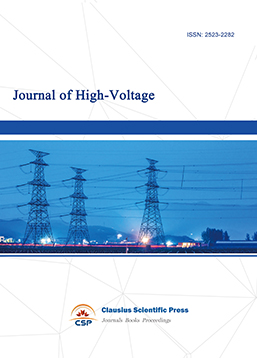
-
Programming Languages and Operating Systems
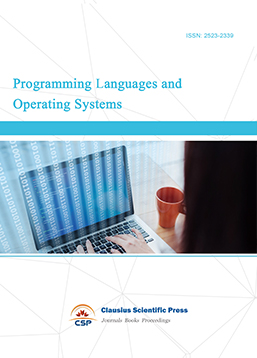
-
Visual Communications and Image Processing
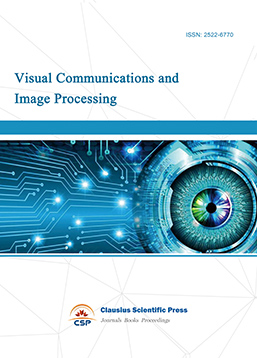
-
Journal of Systems Analysis and Integration
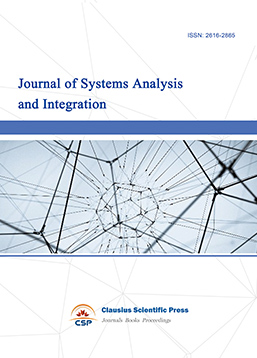
-
Knowledge Representation and Automated Reasoning
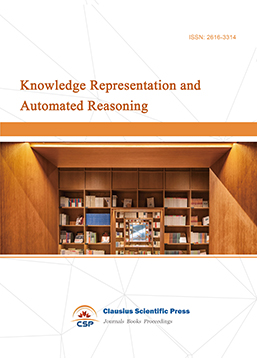
-
Review of Information Display Techniques
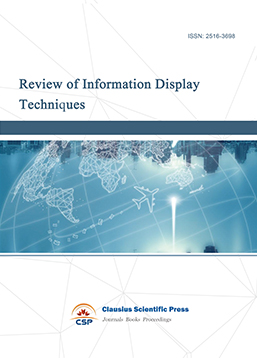
-
Data and Knowledge Engineering
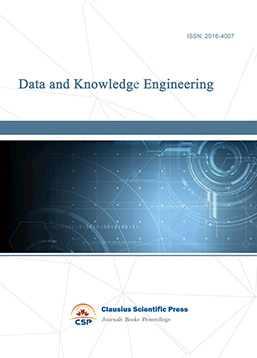
-
Journal of Database Systems
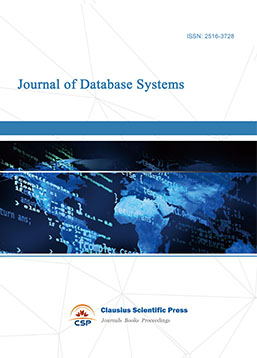
-
Journal of Cluster and Grid Computing

-
Cloud and Service-Oriented Computing
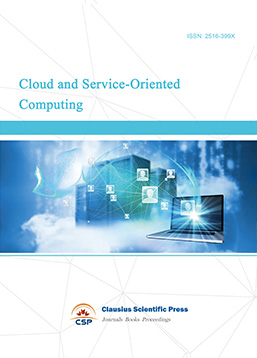
-
Journal of Networking, Architecture and Storage
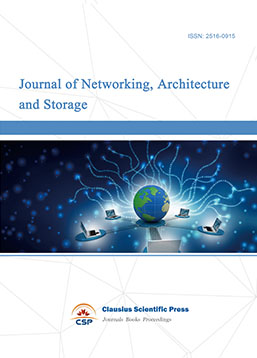
-
Journal of Software Engineering and Metrics
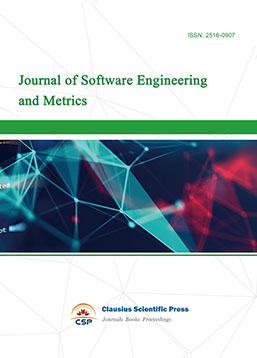
-
Visualization Techniques
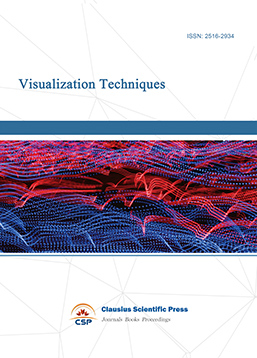
-
Journal of Parallel and Distributed Processing
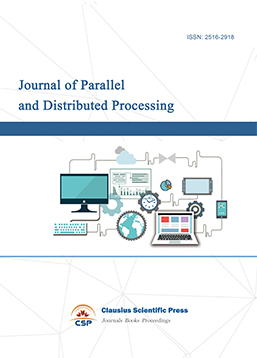
-
Journal of Modeling, Analysis and Simulation
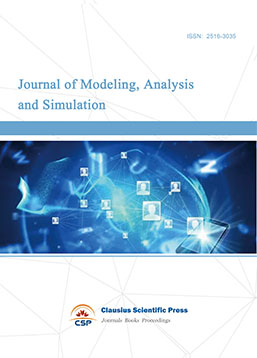
-
Journal of Privacy, Trust and Security
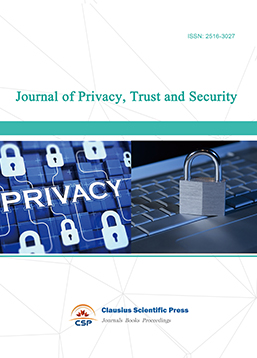
-
Journal of Cognitive Informatics and Cognitive Computing
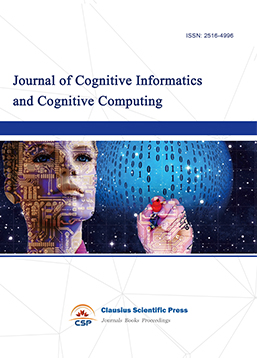
-
Lecture Notes on Wireless Networks and Communications
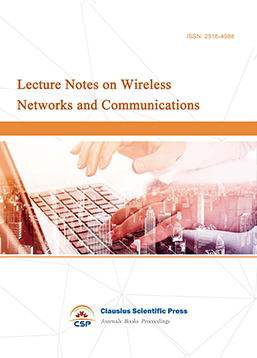
-
International Journal of Computer and Communications Security
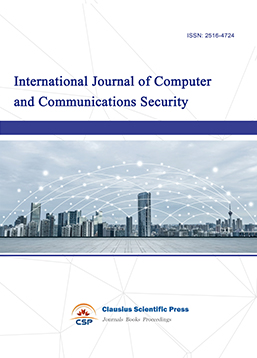
-
Journal of Multimedia Techniques

-
Automation and Machine Learning
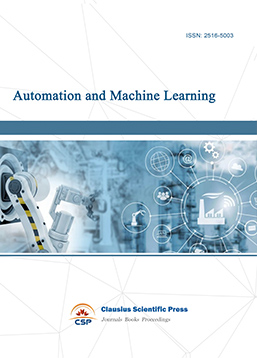
-
Computational Linguistics Letters
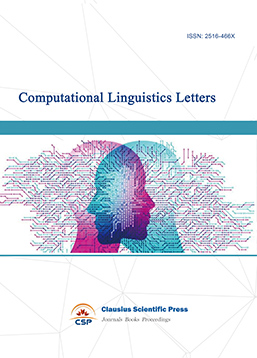
-
Journal of Computer Architecture and Design
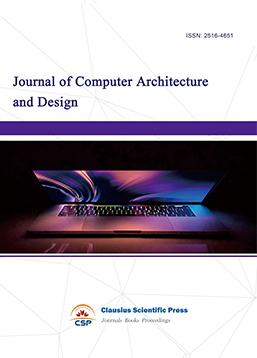
-
Journal of Ubiquitous and Future Networks
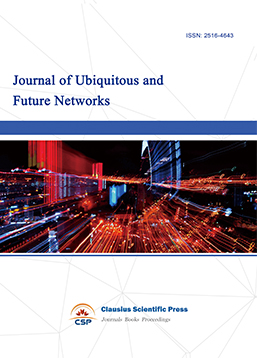

 Download as PDF
Download as PDF